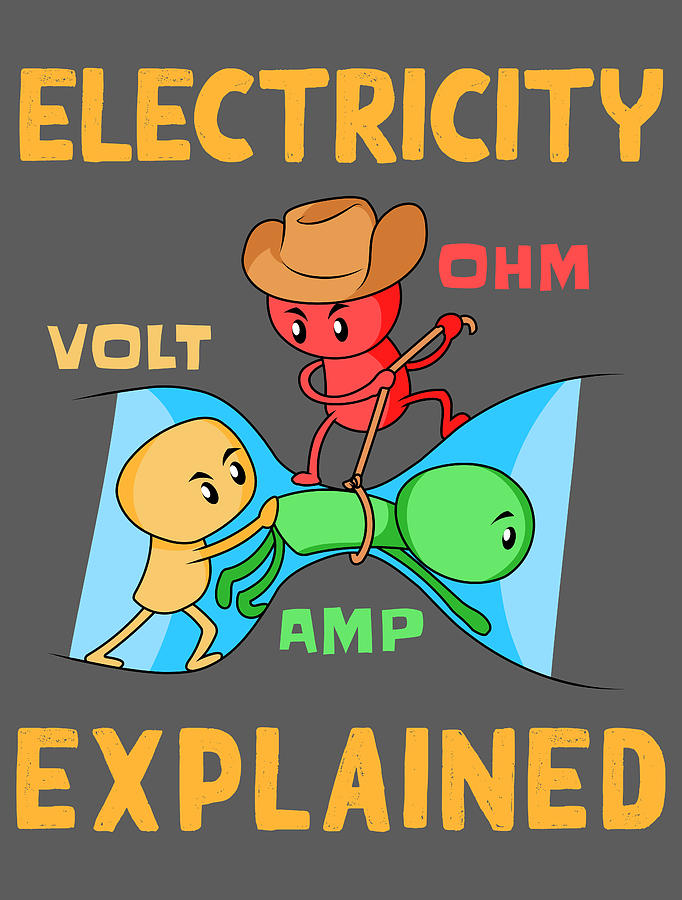- AC (Alternating Current): Flows periodically in one direction and then reverses direction. Symbol: ~
- DC (Direct Current): Flows in one direction only. Symbol: ─|
- Unit of measurement: Ohms (Ω)
- Symbol: Usually depicted as a zigzag line
- Function: Resistors limit the flow of electric current
- Common use: Controlling current flow, voltage division, and signal conditioning

Here is a short video that explains Conductance and conductivity.
- Unit of measurement: Farads (F)
- Symbol: Usually depicted as two parallel lines
- Function: Capacitors store and release electrical energy
- Common use: Filtering, timing, and energy storage in circuits
Here is a short video that explains Capacitor
- Symbol: Arrow pointing towards a line
- Function: Allows current to flow in one direction only
- Common types: Rectifier diodes, Zener diodes
- Common use: Rectification, voltage regulation, signal demodulation
Here is a short video that explains Diode
- Symbol: Similar to a regular diode with two arrows pointing away from the diode
- Function: Emits light when current flows through it in the forward direction
- Common types: Through-hole LEDs, Surface mount LEDs
- Common use: Indicator lights, displays, and lighting applications
Here is a video that explains How LED works?
- Symbol: Various symbols depending on the type (e.g., BJT, FET)
- Function: Amplifies or switches electronic signals
- Common types: Bipolar Junction Transistor (BJT), Field Effect Transistor (FET)
- Common use: Amplification, switching, and signal processing in circuits
- Symbol: Usually depicted as a rectangle with three terminals
- Function: Maintains a constant output voltage regardless of input voltage fluctuations
- Common types: Linear regulator, Switching regulator
- Common use: Power supply stabilization, voltage regulation
- Symbol: Similar to a transistor but with an extra line connecting the gate
- Function: Controls the flow of current between the source and drain terminals using an electric field
- Common types: Enhancement-mode MOSFET, Depletion-mode MOSFET
- Common use: Switching and amplification in digital circuits
- Symbol: Depicted as a button
- Function: Provides momentary contact when pressed
- Common types: Momentary push-button switches
- Common use: User interface controls, reset buttons
- Low-pass filters allow low-frequency signals to pass while attenuating high-frequency signals.
- High-pass filters allow high-frequency signals to pass while attenuating low-frequency signals.